How to Calculate Density Altitude (Without a Math Degree)
Pilot Institute
APRIL 30, 2025
Calculating density altitude is like filing your taxes; annoying and often neglected until the last minute, but crucially important. Why is density altitude critical to ensuring safety, what factors affect it, and how is it calculated? Today is the day that the mystery of density altitude is solved.


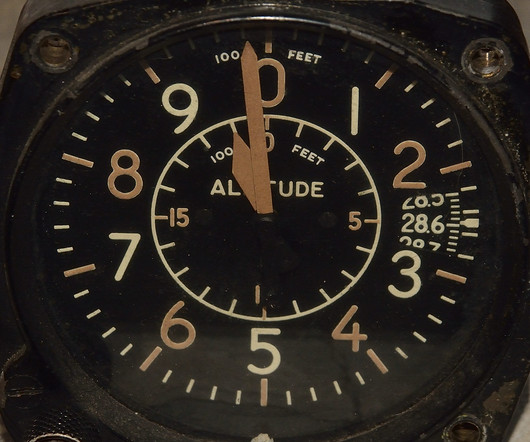




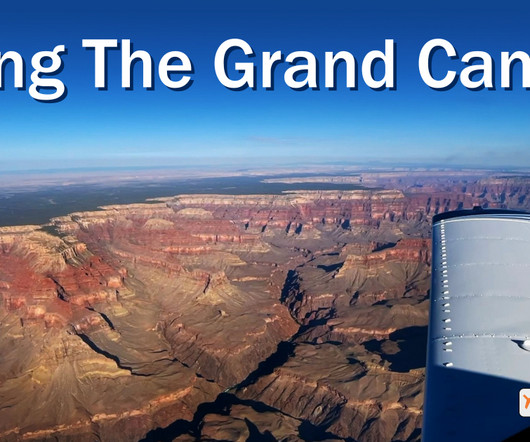
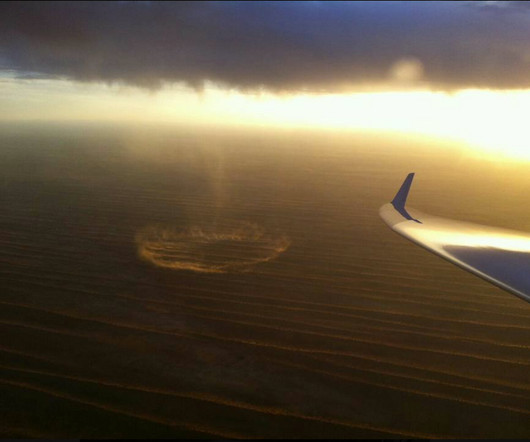



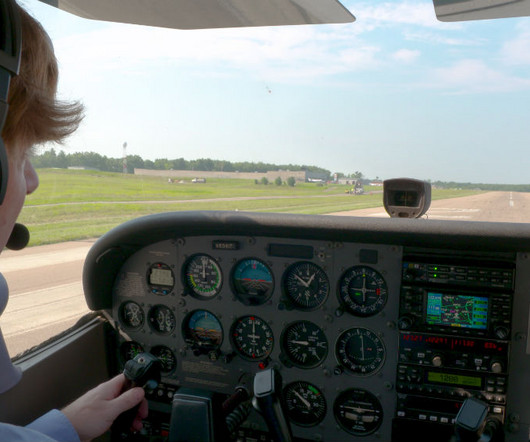
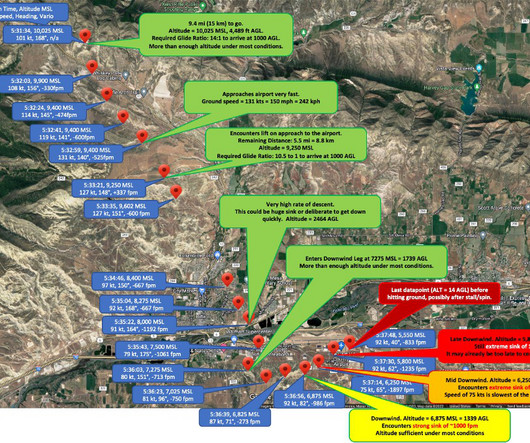







Let's personalize your content